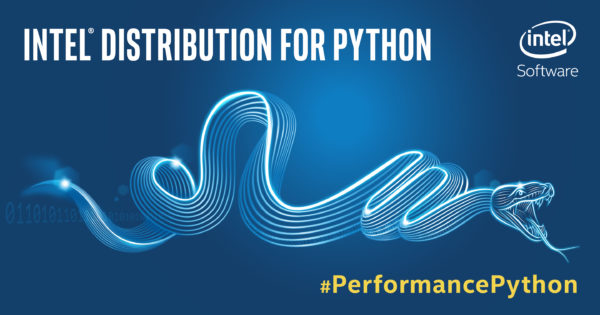 Many modern applications are being developed with so called run-time languages, which are compiled at execution time. And as more of the traditional applications are moved to the cloud, the Platform as a Service programming model is becoming more popular. The performance of these applications in cloud data centers is important for anyone considering moving their applications and workloads to the cloud. While benchmarks can be valuable, it is important to understand the hardware and software environment holistically, for optimal application execution times.
Many modern applications are being developed with so called run-time languages, which are compiled at execution time. And as more of the traditional applications are moved to the cloud, the Platform as a Service programming model is becoming more popular. The performance of these applications in cloud data centers is important for anyone considering moving their applications and workloads to the cloud. While benchmarks can be valuable, it is important to understand the hardware and software environment holistically, for optimal application execution times.
When running applications in a cloud data center, performance could be unpredictable, since the actual environment at execution time might be unknown. As virtual machines and containers become a preferred method of cloud providers making computing cycles available, additional attention needs to be paid to the overall environment and software used, not just the raw speed of the underlying CPUs.
It is important to understand the three types of benchmarks. Industry standard benchmarks are ones that most are familiar with. Then, there are benchmarks that are representative of a customer workload, perhaps written in a specific language. And third, new emerging benchmarks that take advantage of still developing technology, such as microservices.
Server side rendering, using Node.js, is an example of a workload where much of the work is done during run time, rather than in advance. When creating applications that run on popular cloud platforms, one method (and usually the first option) to getting high performance is to leverage optimized applications and libraries that are tuned to the underlying architecture that the application executes on at runtime. There are plenty of such highly tuned and optimized libraries in the market today, so take some time to pick the right one for your specific cloud environment.
Look for a winning combination of hardware and software such as the latest generation processors from Intel along with their highly optimized set of software tools and libraries. Web runtime workloads have shown faster performance than just the clock speed gains, resulting in greater ROI. Refer to this checklist and ensure you get maximum performance from your applications in cloud environments:
- Use latest releases of any software.
- Track performance of popular benchmarks for reference.
- Test locally with workloads that are similar to your actual workloads.
- Use the latest hardware available from Intel in your preferred cloud provider, when possible.
- Learn more about supported runtime languages and software tools
Deploying a well optimized application on latest hardware in cloud environments can prove beneficial to an enterprise by reducing capital expense of buying & maintaining expensive infrastructure, flexibility & elasticity benefits of cloud computing, and better overall ROI.
Download Intel® Distribution for Python* for free today!




